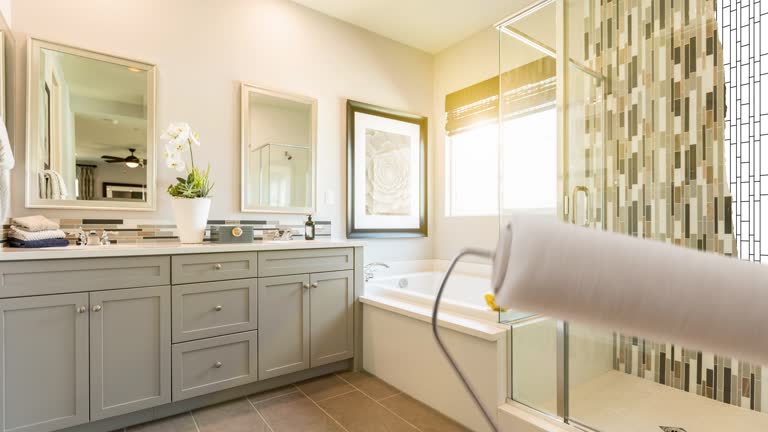CONTACT US TODAY 612-389-2211

Expert Home Remodeling Services
Transform your space with quality craftsmanship and design.
Expert Home Remodeling Services
Transform your space with quality craftsmanship and design.
CONTACT US TODAY 612-389-2211

Transform your space with quality craftsmanship and design.
Transform your space with quality craftsmanship and design.
Choose Recycled Materials
Opt for recycled products - these materials can divert waste from landfills and often require less energy to produce.
Upgrade to High‑Efficiency Fixtures
Windows & Doors
Install ENERGY STAR® windows and properly seal frames to minimize heat loss and gain.
Insulation
Insulate walls, attics, and crawl spaces with eco‑friendly options.
Why Green Building Matters?
Lower Environmental Footprint
Recycled and responsibly sourced materials cut down on deforestation and landfill waste.
Energy & Water Efficiency
Integrated systems—like high‑performance insulation slash utility bills and conserve precious resources.
Going green may seem like it costs a lot of money, small up‑front investments often pay for themselves in a matter of months or years.
Seal Leaks & Insulate
Air leaks around doors, windows, and ductwork force your heating and cooling systems to work overtime. Adding a few rolls of weather‑stripping, some caulk, and basic attic insulation can reduce your bills.

We understand that your home is more than just a structure - it's the center of your life. Dedicated to enhancing the way families live through thoughtful, eco-conscious remodeling. We started it to build relationships & help our neighbors create spaces that truly feel like home.
Mon | 09:00 am – 05:00 pm | |
Tue | 09:00 am – 05:00 pm | |
Wed | 09:00 am – 05:00 pm | |
Thu | 09:00 am – 05:00 pm | |
Fri | 09:00 am – 05:00 pm | |
Sat | By Appointment | |
Sun | By Appointment |
For after-hours residential damage that requires immediate attention, please call us directly at
612-389-2211
Greenway Remodeling BC #787848
We use cookies to analyze website traffic and optimize your website experience. By accepting our use of cookies, your data will be aggregated with all other user data.